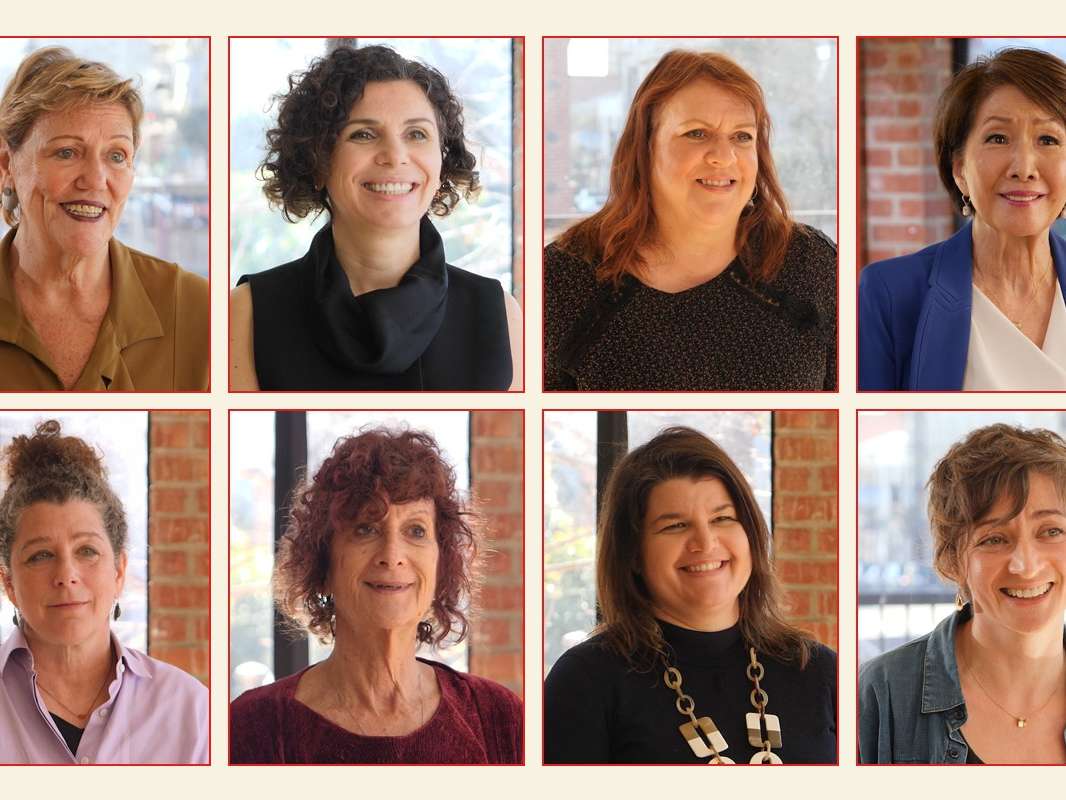WATCH: Industrial Design Schools Preserve The City’s Film Noir Mood
Nowadays, San Francisco is best known for tech startups, overpriced lattes, Victorian houses, and the primest of the prime in real estate. About half a century ago, however, things were a lot different—darker, grittier, moodier. Or at least as film noir would have us believe.
The classic 1940s movie genre popularized a very particular city vibe and setting. The ever-present fog floats in from the bay, creating a mysterious, almost suspenseful—sometimes even unsettling—atmosphere. Meanwhile, femme fatales and cigar-toting gents drive up in sleek, stylish cars.
Indeed, it can be said that film noir and San Francisco go hand in hand. Elegant cars, meanwhile, provide the perfect vehicle for this black and white genre. Certainly, these elements do comprise a big chunk of what makes San Francisco quintessentially San Francisco, even today.
Vintage cars, especially, remain to be a huge source of curiosity and awe. In fact, it’s no longer just their collection that have caught people’s interest, but also their very care and restoration.
That’s why many top industrial design schools are now offering automotive restoration programs. Not only do these provide a wonderful opportunity for students to develop their craftsmanship skills and expertly restore these classic cars to their former glory, they also help keep alive the classic, film noir appeal of San Francisco that people have grown to know and love.
Everything Old Is New Again
Automotive Restoration programs in art schools like Academy of Art University involve a combination of vintage vehicles, and modern technology and facilities. Students get a chance to explore the past, appreciate San Francisco’s artistic history, and learn to work with the latest tools, technology, and equipment needed for restoration work.
In this video here, you can see how the program equips the student with both skills and tools to make it possible to bring the past back to life. Students like Keith Benedict have to build their skills in working with sheet metal, master woodworking techniques; and use metal lathes, milling machines, and other machining technology. They also need to know about upholstery, electrical systems, and computer drafting. “We’re learning how to make automotive parts from scratch, basically.”
Restoring vintage cars while maintaining their classic flair requires a certain amount of artistic ability and creative vision. Students are doing more than just fixing up an older car by replacing parts. They’re crafting all new parts and making them look vintage, while learning valuable information about the car’s design elements.
The Art in Cars
Lloyd Buck, Associate Director at the School of Industrial Design’s Automotive Restoration Program of Academy of Art University, weighs in on vintage cars. These aren’t just metal on wheels—they are pieces of “rolling artwork,” he said. As for the students working on their restoration? They are more than just “craftsmen, they’re really artists.”
The university’s Automobile Museum, which includes rare and limited cars, also presents a very crucial advantage from other industrial design schools. “It’s like having a great reference library for the students. Not many schools have this to look at. It’s very important and it’s very helpful.”
Thanks to living mementos like vintage cars, San Francisco’s “moody” character remains, though the golden age of film noir may be long gone. And with students like Keith working to earn their industrial design degrees for automotive restoration, it’s not difficult to imagine seeing these sleek, stylish cars rolling down San Francisco streets once more, before they slowly disappear from view into the fog. The best part is that it won’t have to be just in movies.



